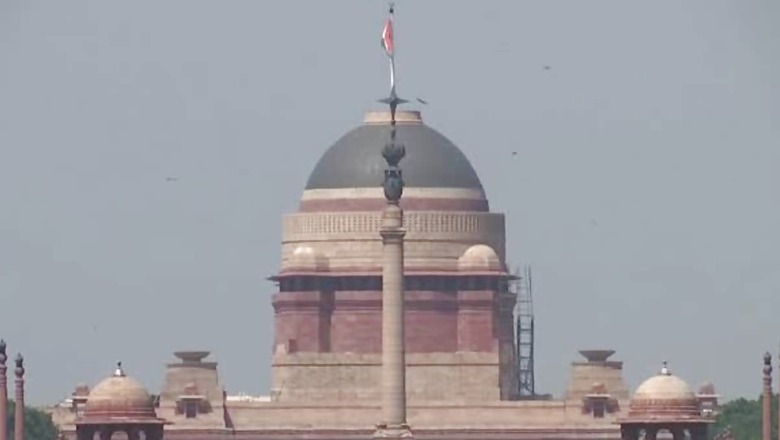
views
PM2.5 pollution in rural and urban India reduced by around 19 percent between 2017 and 2022, according to a new analysis. Uttar Pradesh leads the way with a 38 percent decline in PM2.5 pollution in both urban and rural regions during the same period.
On the other hand, Maharashtra observed the least decrease in PM2.5 pollution across the country, according to the study conducted by Climate Trends, a non-governmental environmental think tank, using satellite data from IIT Delhi.
PM2.5 are fine inhalable particles, with diameters that are generally 2.5 micrometers and smaller, and are the greatest risk to health. The acceptable annual standard for PM2.5 is 40 micrograms per cubic metre. Rural India’s PM 2.5 levels in 2022 stood at 46.8 microgram per cubic metre, down by 19.1 percent compared to 2017.
Urban India’s PM 2.5 levels in 2022 stood at 46.4 microgram per cubic metre, down by 18.7 percent compared to 2017. The study shows the annual average PM 2.5 levels in rural and urban India were the highest (57.4 microgram per cubic metre and 57.6 microgram per cubic metre, respectively) in 2017 and lowest (45.5 microgram per cubic metre and 45.6 microgram per cubic metre) in 2020. Annual average PM 2.5 levels in rural and urban parts of most states have seen a similar trajectory over the last six years.
The rural parts saw a greater reduction in PM 2.5 levels. For instance, Karnataka’s rural PM 2.5 levels were down by 18.1 percent, while the urban levels were lowered by 16.2 percent in the same period.
Similarly, West Bengal’s rural PM 2.5 levels were down by 15.6 percent and urban PM 2.5 levels were down by 14.9 percent. The analysis showed PM2.5 concentration is equally high in both rural and urban areas, underscoring the need for the next phase of the National Clean Air Programme (NCAP) to cover rural areas.
NCAP is a national-level strategy for a 20 to 30 percent reduction in PM2.5 and PM10 concentration by 2024, with 2017 as the base year for comparison. The programme covers 131 non-attainment cities which did not meet the prescribed national ambient air quality standards for five consecutive years (2011-2015).
The Centre has set a new target of 40 percent reduction in particulate matter concentration in the cities covered under NCAP by 2026.
Aarti Khosla, Director, Climate Trends, a research-based initiative focusing on environment and climate issues, said the analysis shows that the states in the Indo-Gangetic Plains such as Uttar Pradesh, Delhi, Haryana, and Bihar have seen a significant dip in PM 2.5 pollution indicating that the focus of the air pollution fight continues to remain in the region.
Western states like Maharashtra and Gujarat have made little progress and have seen the air pollution problem become significant in recent years, the study shows.
According to the analysis, PM2.5 reductions in the country ranged from around 5 percent to 38 percent. UP saw a reduction of 37.8 percent and 38.1 percent in urban and rural PM 2.5 levels, respectively, from 2017 to 2022. Maharashtra recorded a dip of just 7.7 percent and 9.5 percent in PM 2.5 pollution in urban and rural areas, respectively. When divided into NCAP and non-NCAP states, a more significant dip is seen in states where NCAP is being implemented.
“The analysis also highlights that rural air pollution levels are not far behind. The results show that gains come across an entire region or air shed, making a stronger case for airshed management while also focusing on hyper-local pollution. The first NCAP deadline of 2024 is close and action must move beyond cities in the programme’s next phase,” Khosla said.
S N Tripathi from IIT-Kanpur and Steering Committee Member, NCAP, Union environment ministry, said more than 10 percent reduction in PM2.5 levels across the timescale should be considered positive. “However, anything less than 10 percent in the last six years needs to be evaluated.”
Arun Sharma, Director, ICMR-NIRCMD, Jodhpur, said, “This analysis is a reiteration that air pollution is not a problem of cities alone; the rural population is as much affected. Prevention and mitigation measures should be based on local conditions. Documentation of health effects is as important as exposure documentation.”




















Comments
0 comment